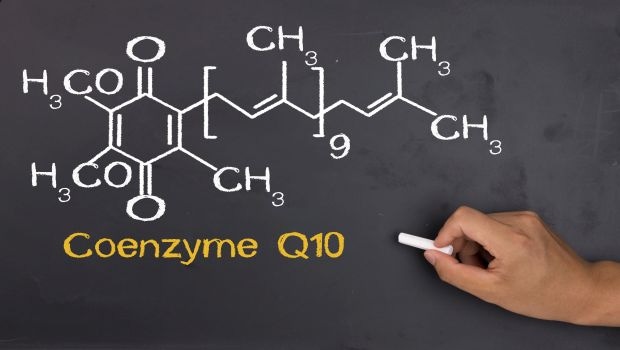A look the sales growth, market trends, research, supply chain trends and challenges in the CoQ10 market.

Coenzyme Q 10 (CoQ10) serves important functions in every cell, including energy production and antioxidant protection. The heart, brain, eyes and skeletal muscles all need CoQ10 for proper functioning, so it’s no surprise much of the research finding health benefits from CoQ10 have focused on these organs and tissues.
The challenge with CoQ10 supplementation has been absorption and bioavailability. As a lipid-loving (lipophilic) molecule, CoQ10 is best digested with fats and suffers poor absorption in water. This makes softgels the preferred form of supplement, while microencapsulation and liposomes can be good forms for food/beverage products and topical creams, respectively.
CoQ10 doesn’t require extra energy to pass through the membranes of the small intestines, but it does require assist from a lipid molecule carrier. CoQ10 crystals must be dissolved into single molecules before they can be absorbed, but even single molecules struggle for absorption without a lipid carrier. Ubiquinol is more water-soluble than ubiquinone, but both forms are far more lipid-soluble.
According to William Judy, longtime CoQ10 researcher and founder of SIBR Research, less than 1 percent of CoQ10 plain powder is absorbed. Liposomes, micelles and nanoparticles are viable modern delivery systems to preserve lipid-soluble CoQ10 ingredients in the gastrointestinal tract, namely the stomach, but the microsphere shells comprising these systems are not themselves absorbed in the small intestines. The intestinal mucosa or lining contains hair-like projections called villi and microvilli that enhance nutrient absorption due to increased surface area. Once through the villi, the nutrients can enter the lymph and/or bloodstream—small, water-soluble nutrients enter the blood, but larger fat-soluble nutrients like CoQ10 enter the lymph for transport to the veins for distribution throughout the circulation system. CoQ10 may be absorbed rapidly, but its passage through the lymph to the blood is slow, which results in a delayed peak blood concentration compared to nutrients that hit the blood stream right after absorption.
The market is certainly ripe for CoQ10. A consumer survey released in March 2015 by Consumerlab.com listed CoQ10 as the third most popular dietary supplement. Most recently, Grand View Research predicted the global market for CoQ10 will reach USD $849.5 million by 2020, with its use in the personal care (sunscreens and anti-aging lotions) and medical industries as key drivers.
To learn more about CoQ10, including research and market stats, read INSIDER’s article “CoQ10 Round Up," available in the Antioxidant Content Library.
About the Author(s)
You May Also Like






.png?width=800&auto=webp&quality=80&disable=upscale)